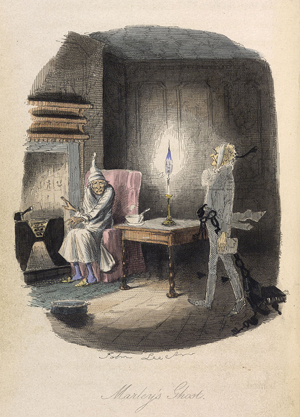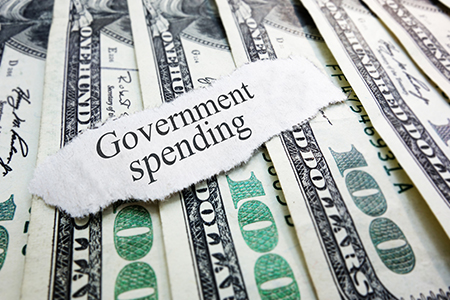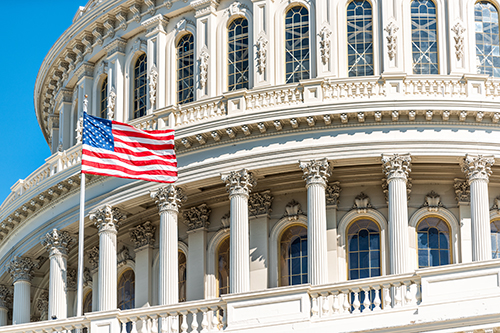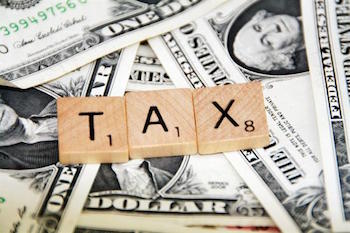The Meaning of A Christmas Carol
 The story of A Christmas Carol begins seven years after the death of his partner, Jacob Marley, and the opening scene shows Ebenezer Scrooge brushing off two gentlemen looking for donations and refusing yet another nephew’s invitation for dinner, while saying Humbug as he shows disdain for Christmas. Nor is he happy that he has to give his underpaid and overworked employee Bob Cratchit Christmas day off as he observes, “A poor excuse for picking a man’s pocket every twenty-fifth of December.” As for Scrooge, he is a workaholic who has very little time for anything else.
The story of A Christmas Carol begins seven years after the death of his partner, Jacob Marley, and the opening scene shows Ebenezer Scrooge brushing off two gentlemen looking for donations and refusing yet another nephew’s invitation for dinner, while saying Humbug as he shows disdain for Christmas. Nor is he happy that he has to give his underpaid and overworked employee Bob Cratchit Christmas day off as he observes, “A poor excuse for picking a man’s pocket every twenty-fifth of December.” As for Scrooge, he is a workaholic who has very little time for anything else.
After returning home, Scrooge is visited by Jacob Marley’s ghost who tells him he will suffer the same fate if he doesn’t change his ways. Three ghosts visit Scrooge that night beginning with the Ghost of Christmas past who shows him his sister Fanny (who would die giving birth to Fred), the warm hearted Mr. Fezziwig and his fiancée Belle, who leaves him when money takes her place in Scrooge’s heart. We see a lonely boy longing for love who simply grows to be lonely old man. The Ghost of Christmas Present shows Scrooge various scenes of Christmas around London including Bob Cratchit’s dinner with his family where we meet Tiny Tim who may be living on borrowed time. They see Fred’s dinner party where he talks about his uncle with pity.
The Ghost of Christmas Future concludes the visitations as Scrooge comes to grip with his possible fate and that of Tiny Tim’s. It is here that redemption comes for Scrooge who realizes the catch 22 of the ghosts' visions in the future, “Why show me this if nothing can be done?” This brings us to the themes of Dickens’ classic. While many view this as an attack on the rise of industrial capitalism, there is something deeper. Christmas is the time we spend the most on each other and shopping malls are their most filled, but how bad is that really?
Scrooge not only refuses to share his wealth with others, including his employee, but he does not even share with himself. He does not really create wealth or opportunity but simply collects money as if it is a goal in and of itself. When Scrooge tells a gentleman who seeks help, he merely retorts, “Are there no poor houses?” His retort represents a problem of the welfare state as he simply refuses to give because he has already given to the government. This is a slam at the welfare state since it tells us we don’t need to help others because the government will. In Scrooge’s mind, the government has taken over the duty of providing charity and why do anymore? Scrooge not only refuses to share with the poor and the local charities but does not even do much for his employee, Bob Cratchit, nor does he even spend on himself as he keeps his own office cold and dismal.
The story here is that there is the straw man of capitalism often taught in many classrooms versus the real capitalism practiced in the real world. The common understanding of capitalism is the selfish nature of free market economics without understanding the full story. The invisible hand of Adam Smith is more nuanced as capitalism depends upon a broader distribution of wealth and investment which leads to greater wealth for society as a whole. Scrooge fails to share his wealth, not only with the greater society, but he even fails to invest in his own business, including Mr. Cratchit. As we see Christmas being celebrated throughout the city, we see how others spend it, including Cratchit’s family on gifts and food, but Scrooge doesn’t bother to spend anything on himself. The missing story of capitalism is how capitalists spend not just on themselves but others through wages and investment in business. Part of a successful entrepreneur is investing in the future through expenditures designed to increase business down the road. Investment begins with the company itself but part of capitalism is the willingness of others to invest in businesses with the idea of making money down the road, but any investment is a risk with rewards coming later. The other aspect of capitalism is that as society becomes wealthier, the ability to give to charity increases.
While Mr. Dickens may not have meant it to be so, A Christmas Carol is a direct slam on the welfare state as Scrooge makes it clear that his donation to fellow man begins and ends with the taxes he pays the government and no further. He sees no need to contribute to charity since he already conceded that it is the responsibility of government to provide to the poor, and he is relieved from doing so. In our modern society, as government becomes bigger and more people become dependent upon government for their support, the private sector including the charitable sector shrinks. This shrinkage is leading to more poverty and less prosperity. Interestingly enough, as government became larger over the past decade, we see more income inequality as the economic pie shrinks with more people competing for a smaller piece of it. Scrooge’s failure to help the greater society is leading to a society in which the government becomes bigger in relation to the private sphere, and the dependency state erodes the work ethic of those it supposedly helps. It is the catch 22, for as government seeks to help more, it actually shrinks the private portion of society and leads to even more poverty. Our poverty rate is higher than the beginning of the Obama Administration and more are dependent on food stamps than a decade ago after a supposedly seven year recovery. The lesson of A Christmas Carol is that private giving and private investment is good for society and leads to more wealth created and less dependence upon government. It may not be the intended message but as society expands in wealth, so does charitable giving.
Christmas is the season for giving, and it begins at home or to those closest to you. Scrooge sees how his own selfishness affects those closest to him. His estrangement from his nephew Fred to the struggles of Mr. Cratchit and his family force Scrooge to change his ways as he witness the result of his callous self. The redemption comes when Scrooge celebrates Christmas not just one day a year but every day of his life. Tiny Tim survives the following year and gains strength. Scrooge reunites with Fred and shows himself to be as good a man as Old London has ever seen.
Dickens’ point is that the Christmas spirit is for every day, and Scrooge’s redemption begins with charity closet to him before moving out to the greater society. Scrooge’s example is not that capitalism is evil, but that properly understood, the invisible hand of Adam Smith does include a charitable side often ignored.








